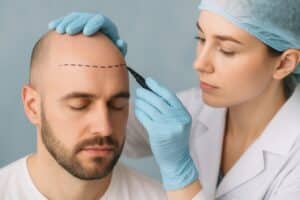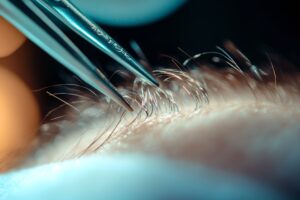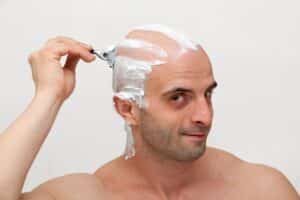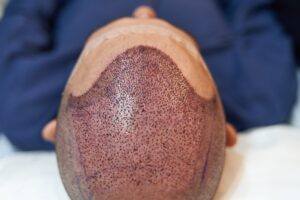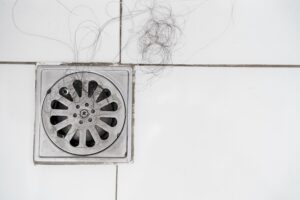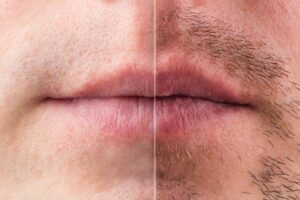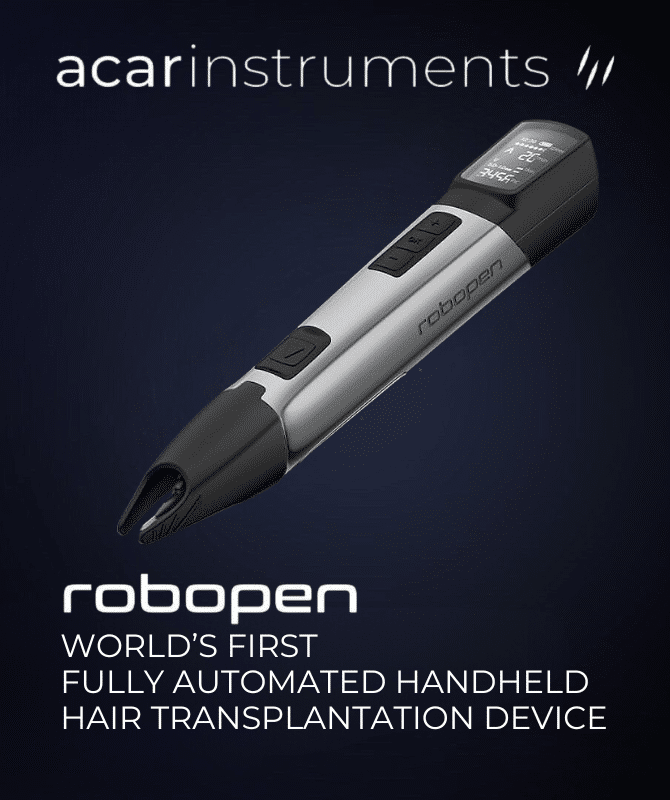All articles
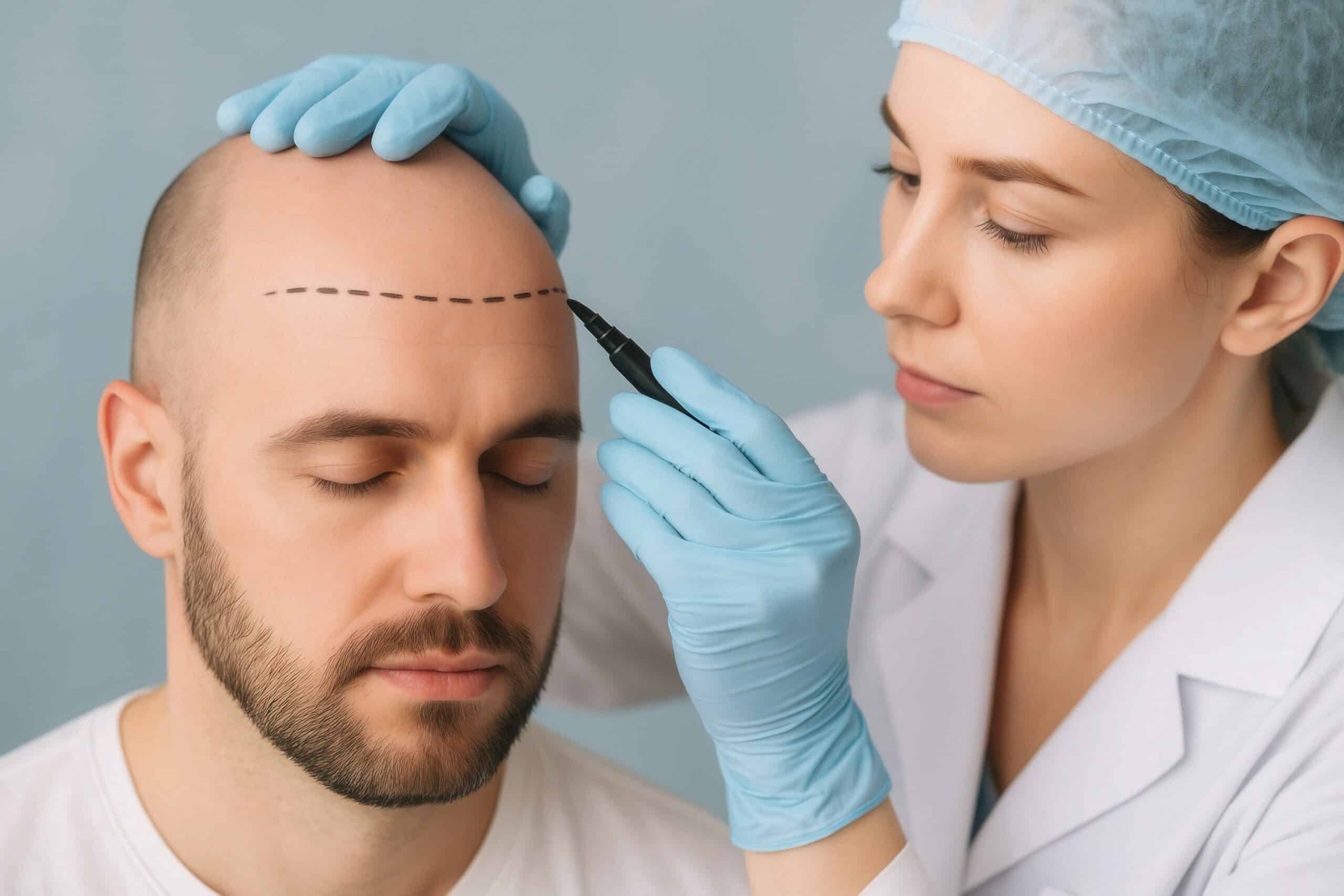
Hair Transplant USA vs Turkey : Which one is better?
June 30, 2025
Over the past decade, Turkey has become a destination for hair transplant for medical tourists all over the world. In 2023 alone, over 1.8 million people visited Turkey for medical

Joel McHale Hair Transplant: Truth Revealed
June 23, 2025
Did Joel McHale get a hair transplant? The actor and comedian has sparked curiosity with his seemingly fuller hair in recent years. In the entertainment world, where appearance matters, it’s
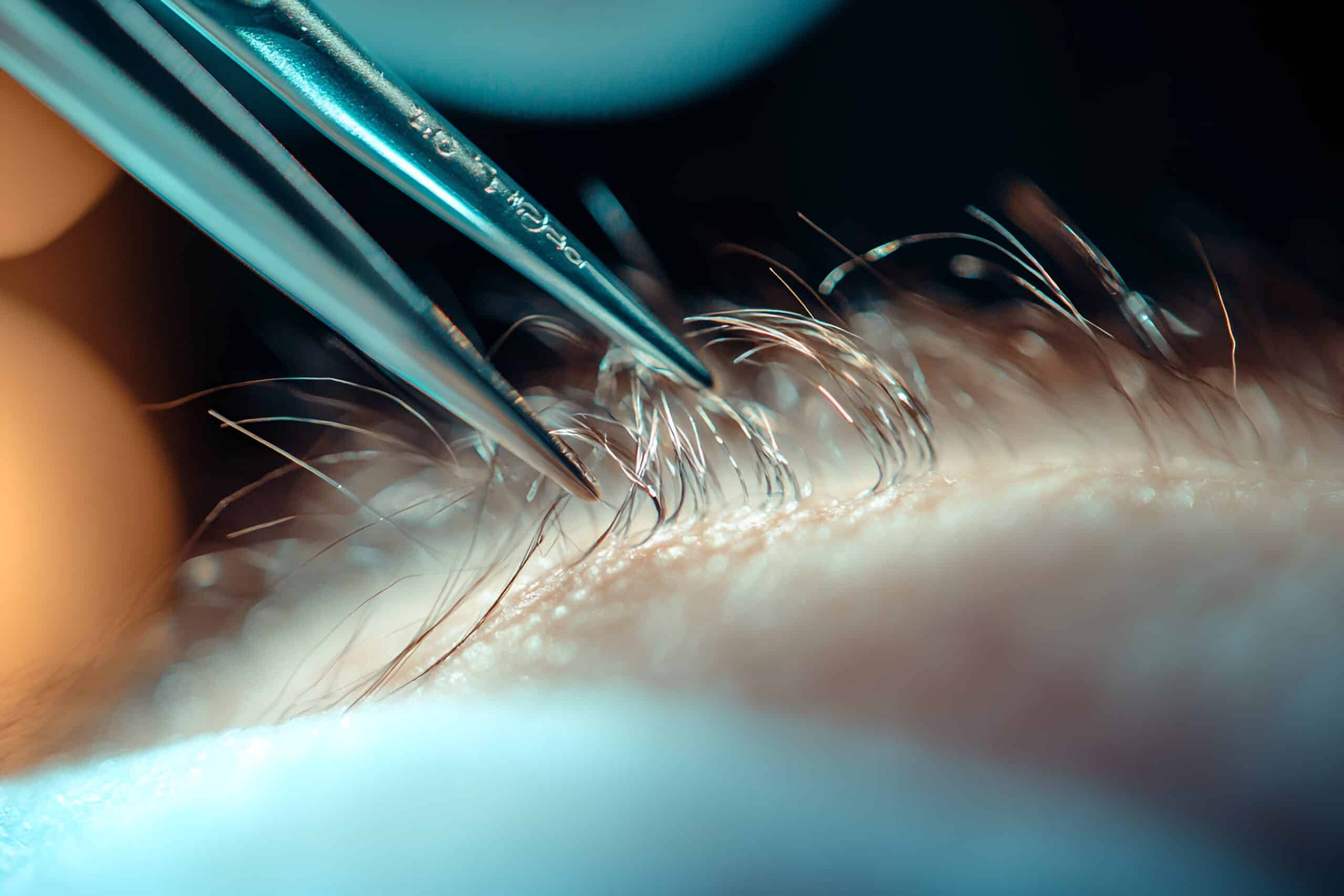
Does Insurance Cover Hair Transplant? What you should know.
June 16, 2025
Hair transplants are a popular and permanent solution for hair loss. But for many, the critical question remains: does insurance cover hair transplant procedures? The answer isn’t straightforward. Insurance policies

Henry Cavill Hair Transplant: Truth or Rumor?
June 9, 2025
Henry Cavill is one of Hollywood’s most recognized leading men. Known for his role as Superman in Man of Steel and as Geralt of Rivia in The Witcher, Cavill is

Is It Possible to Change Your Hair Texture With a Hair Transplant?
June 2, 2025
Hair texture can be a defining characteristic that can greatly influence our appearance and how we care for it. A common question many wonder is: Can you change your hair

Trae Young Hair: Balding, Rumors & Hair Transplant
May 26, 2025
Trae Young, one of the NBA’s most exciting young stars, is known for his deep three-point range, flashy assists—and his hair. While fans are often amazed by his basketball skills,
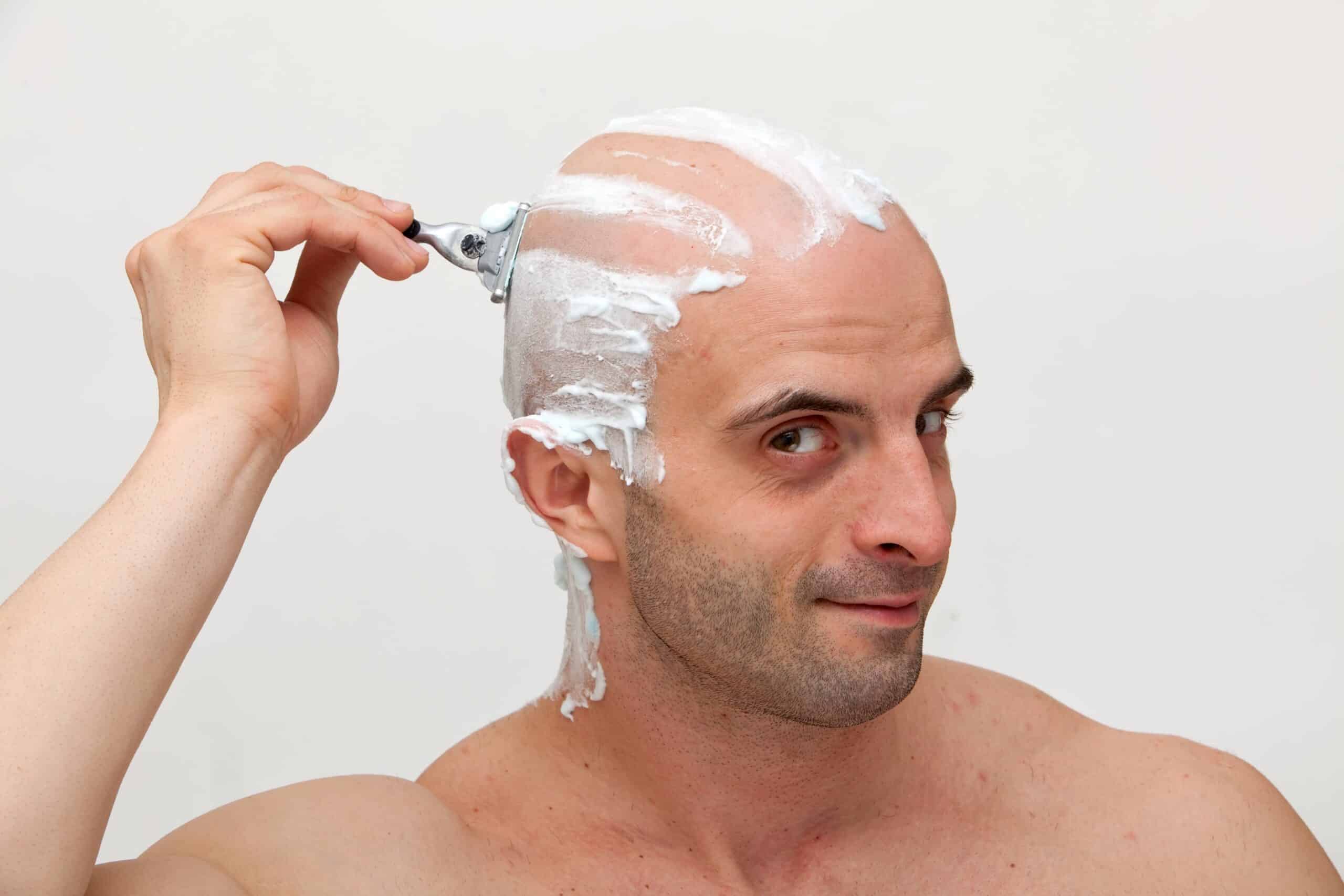
Do You Really Have to Shave Your Head for a Hair Transplant?
May 19, 2025
Someone once said, “Invest in your hair, it’s the crown you never take off.” For people with chronic hair loss, the quote rings even truer. However, what does investing in

Can I Go To Work After a Hair Transplant?
May 5, 2025
A hair transplant is a life-changing solution for hair loss, but it requires proper recovery. If you are wondering, “Can I go to work after hair transplant?“, the answer depends

What Is The Best Country for a Hair Transplant?
April 21, 2025
Hair loss affects millions of people worldwide. Hair transplant surgeries have become a popular solution. Many hair transplant patients travel abroad for better results at a more affordable price. But,
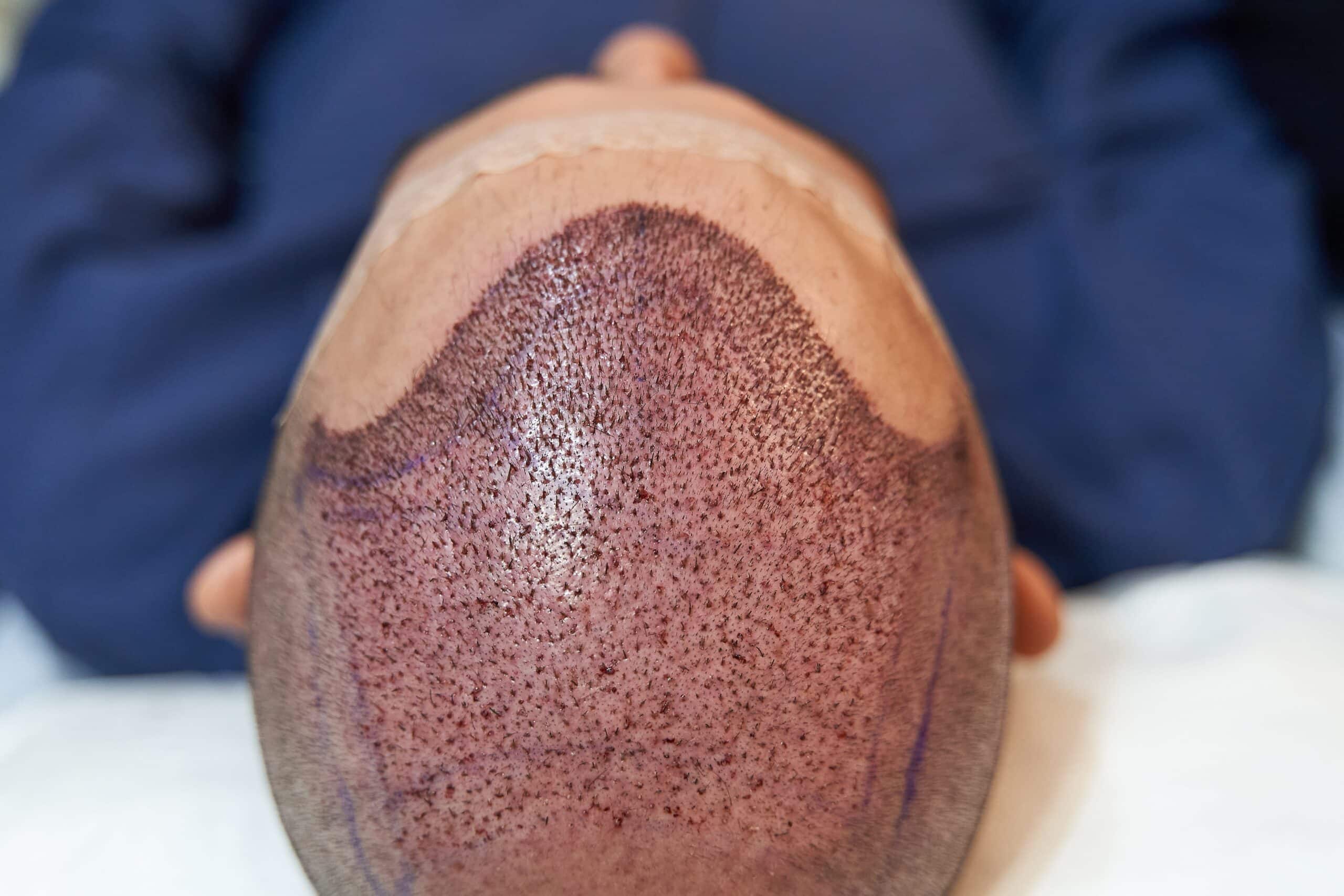
7 Things To Know About Hair Transplant Side Effects
April 7, 2025
Hair transplant is a revolutionizing procedure in the field of hair loss treatment. However, it can be a costly operation for many people, not to mention going under anesthesia is

Hair Transplant USA vs Turkey : Which one is better?
June 30, 2025
Over the past decade, Turkey has become a destination for hair transplant for medical tourists all over the world. In 2023 alone, over 1.8 million

Joel McHale Hair Transplant: Truth Revealed
June 23, 2025
Did Joel McHale get a hair transplant? The actor and comedian has sparked curiosity with his seemingly fuller hair in recent years. In the entertainment

Does Insurance Cover Hair Transplant? What you should know.
June 16, 2025
Hair transplants are a popular and permanent solution for hair loss. But for many, the critical question remains: does insurance cover hair transplant procedures? The

Henry Cavill Hair Transplant: Truth or Rumor?
June 9, 2025
Henry Cavill is one of Hollywood’s most recognized leading men. Known for his role as Superman in Man of Steel and as Geralt of Rivia

Is It Possible to Change Your Hair Texture With a Hair Transplant?
June 2, 2025
Hair texture can be a defining characteristic that can greatly influence our appearance and how we care for it. A common question many wonder is:

Trae Young Hair: Balding, Rumors & Hair Transplant
May 26, 2025
Trae Young, one of the NBA’s most exciting young stars, is known for his deep three-point range, flashy assists—and his hair. While fans are often

Do You Really Have to Shave Your Head for a Hair Transplant?
May 19, 2025
Someone once said, “Invest in your hair, it’s the crown you never take off.” For people with chronic hair loss, the quote rings even truer.

Can I Go To Work After a Hair Transplant?
May 5, 2025
A hair transplant is a life-changing solution for hair loss, but it requires proper recovery. If you are wondering, “Can I go to work after

What Is The Best Country for a Hair Transplant?
April 21, 2025
Hair loss affects millions of people worldwide. Hair transplant surgeries have become a popular solution. Many hair transplant patients travel abroad for better results at

7 Things To Know About Hair Transplant Side Effects
April 7, 2025
Hair transplant is a revolutionizing procedure in the field of hair loss treatment. However, it can be a costly operation for many people, not to
Get a freehair analysis
Categories
Tags
Recent posts

Hair Transplant USA vs Turkey : Which one is better?
June 30, 2025

Joel McHale Hair Transplant: Truth Revealed
June 23, 2025


Henry Cavill Hair Transplant: Truth or Rumor?
June 9, 2025
Cosmedica Blog: Hair transplantation and hair loss
Frequently requested topics by our patients, the latest developments in hair transplantation, and everything about Cosmedica & Dr. Acar are covered in our blogs.
Most popular posts

Hair Transplant USA vs Turkey : Which one is better?
Over the past decade, Turkey has become a destination for hair transplant for medical tourists all over the world. In 2023 alone, over 1.8 million

Joel McHale Hair Transplant: Truth Revealed
Did Joel McHale get a hair transplant? The actor and comedian has sparked curiosity with his seemingly fuller hair in recent years. In the entertainment

Does Insurance Cover Hair Transplant? What you should know.
Hair transplants are a popular and permanent solution for hair loss. But for many, the critical question remains: does insurance cover hair transplant procedures? The

Henry Cavill Hair Transplant: Truth or Rumor?
Henry Cavill is one of Hollywood’s most recognized leading men. Known for his role as Superman in Man of Steel and as Geralt of Rivia

